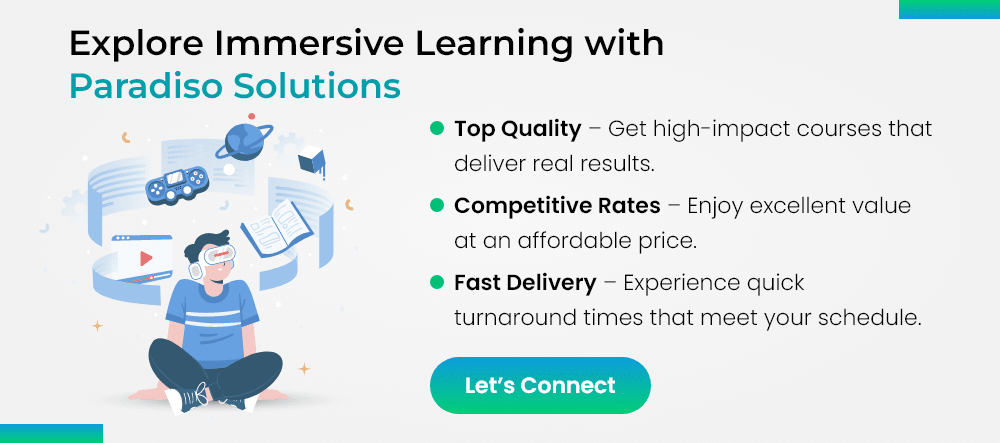In an age where technology has been rewriting the governance of every aspect of our lives, immersive learning technologies are at the crux of this sea change. A medical student rehearsing for a complicated surgical process in a virtual operating room before engaging in real surgery or an engineer visualizing a 3D model of a complex project. That is what immersive learning does: it steps out of lectures and textbooks into dynamic, interactive environments that mimic real life.

We have
something for you!
Are you still figuring out which LMS is the best? Grab the chance to explore the LMS Buyer's Guide and get started.

















